Lexington KY is home to the Kentucky Horse Park.
Before you stop reading, I don’t know my Fox Trotter from my Appaloosa! I was never one of those 13-year-old girls with a room full of plastic ponies (in fact I had to Google horse names for that first sentence) so spending several days at a horse park may seem strange. But hey, Kentucky has taken me completely out of my comfort zone and by surprise. Not a huge baseball fan but loved the Louisville Slugger Museum and Factory. Not a huge boxing fan but was inspired and impressed by the Muhammed Ali Museum. Never drank bourbon, but Kentucky changed all that too! So hang in there with me while I tell you about the Kentucky Horse Park.
“…I don’t know my Fox Trotter from my Appaloosa!”
-Wendy Heigel
I’m not going to lie to you, there are a lot of families at the Kentucky Horse Park and many of them just trying to connect with their sometimes moody, slightly sassy, pre-teen to 16-year-old daughters without embarrassing them or blowing a gasket. If you’re dealing with one of those, first, I’m sorry, but second, this might be a great trip idea for you. Even if your teen has grown and flown and you’re in the area, this park is worth the stop!
THE KENTUCKY HORSE PARK
The Kentucky Horse Park has a campground associated with it – a very nice campground in fact. Full RV hookups available and in a picturesque location.
In 1892, Lamon V. Harkness, a former secretary to John D. Rockefeller, purchased 400 acres and established the Walnut Hall Stock Farm to breed horses. His success in this led him to eventually acquire over 5000 acres, a portion of which was purchased by the Commonwealth of Kentucky which created and opened the Kentucky Horse Park in 1978 – “The world’s only park dedicated to man’s relationship with the horse”.
The Horse Park is a complex of several buildings for museums and various horse shows.
There are daily educational programs like the “Parade of Breeds Show” where they parade out half a dozen different breeds boarded at the facility to talk about each breed’s uses, gait (look at me learning horsey stuff already), history, etc. and they do a meet and greet with the riders and horses after the show. They also have smaller talks about a particular horse, breed, or some other horse subject in their barns.
One of the events we enjoyed was called the “Derby Winner Nightcap” which is an opportunity to meet and hear about one of the Kentucky Derby winners that has since retired and is living in high style at the Kentucky Horse Park. The horse we met was named “Funny Cide”. He was purchased for just $7000 by a group of 10 friends with normal jobs.. He shocked many when he made it all the way to the 2003 Kentucky Derby. In fact, these friends were so surprised at his success that they hadn’t bothered to reserve town cars or limousines for their arrival at the Derby, which is customary for owners. At the last minute, they rented an old school bus, which is how they arrived. You can imagine everyone’s shock when their horse, Funny Cide, won a $3.6 million cash prize, had a top 10 Derby speed, was the only NY state horse to ever win the Kentucky Derby, and his breed (a Gelding) had not won since 1929!
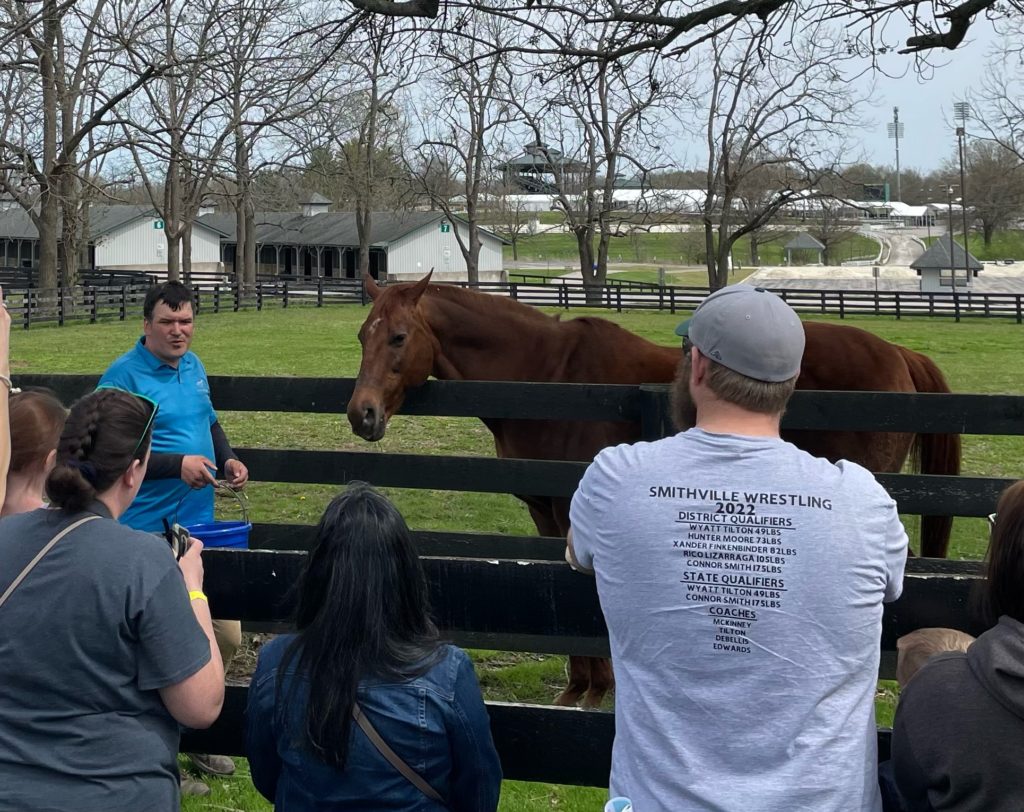
Funny Cide 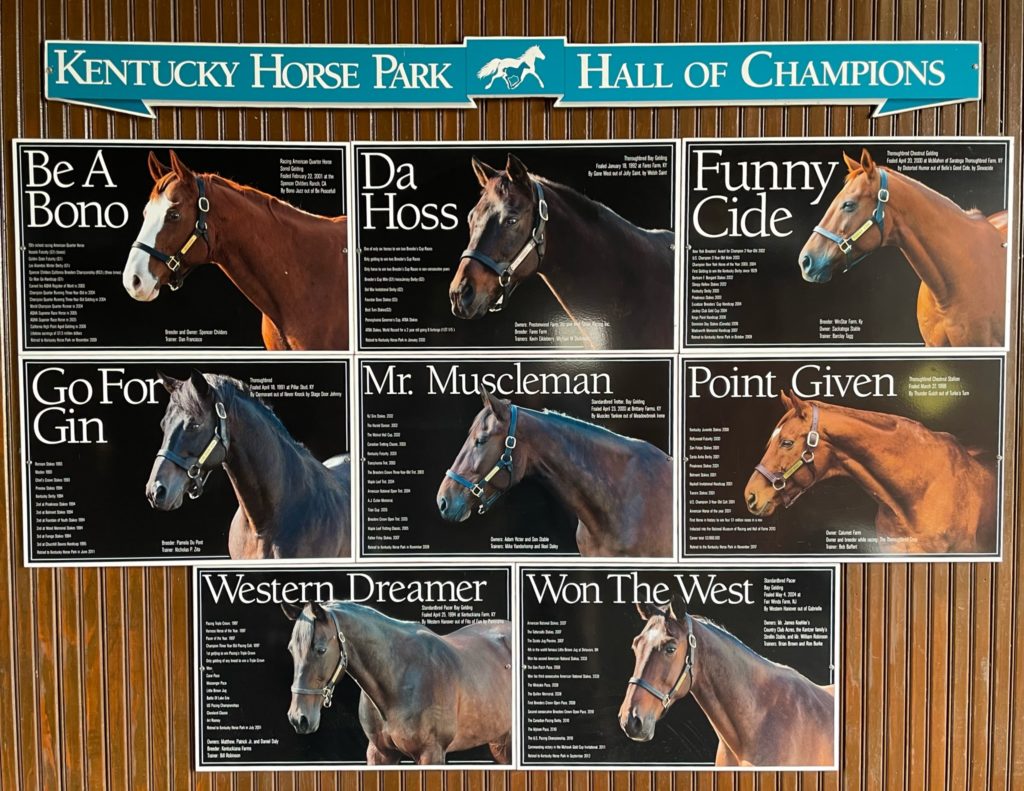
The International Museum of the Horse within the Park, like every Smithsonian affiliated museum we’ve been to, was superb! The storyboards share the history of the horse from herding to riding, use in Roman chariot races, horse racing called the “Sport of Queens” (dating back to Queen Anne in 1702), use by Native Americans, the Pony Express, George Washington’s horse “Nelson” who survived the horrible winter in Valley Forge and many revolutionary battles, the role of the horse in settling the west via Conestoga Wagons (which by-the-way began the American custom of driving on the right), the first Kentucky thoroughbreds and race course in Lexington in 1789, and the first Kentucky Derby in 1875 (founded by Merriwether Lewis Clark, son of explorer William Clark – we just can’t get away from those guys!). By 1890 ,there were 314 tracks operating in the U.S. every day of the year except Christmas. By 1908, when gambling was banned, only 25 remained and races had dropped by 80%.
In the meantime, between the Civil War and WWI, carriages were being used and most cities by 1880 had horsecar lines operating within the city. In 1866 the Buffalo Soldier – African American regiments and cavalry named by the Cheyenne and Comanche – helped to fight the Indian Wars as people moved west. In WWI, over 6 million horses were used for cavalry and non-cavalry purposes. Millions died, depleting the world’s equine population.
The museum had a special exhibit about the Arabian horse – one of the oldest breeds on earth. It lived a life of luxury in the dessert compared to the camel as its main advantage over the camel was speed. Speed that was needed for Bedouin wars, raids and conquests. They preferred mares for their loyalty, courage, intelligence, speed, and never nickering like stallions, which gave away their intentions. These pure-bred horses became gifts to strengthen diplomatic relationships with Europe and later the U.S. Since then, the Arabian horse has contributed to nearly every modern breed of horse today as breeders used it to increase a horse’s speed, stamina, manageability, loyalty, and affection.
A few famous horses are buried at the Park, including Man O’ War. Additionally, there are other statues that commemorate other notable horses. Particularly impressive was the statue and story of “Staff Sergeant Reckless” a marine corp horse who made 51 trips in a single day, most of which were solo (!), to supply ammunition to the front lines during the Korean war. This feat, plus several other feats, earned her two Purple Hearts and several other commendations.
Finally, in addition to the museum and public display elements, the park is a a very active horse event venue – such as the dressage competition occurring throughout our stay.
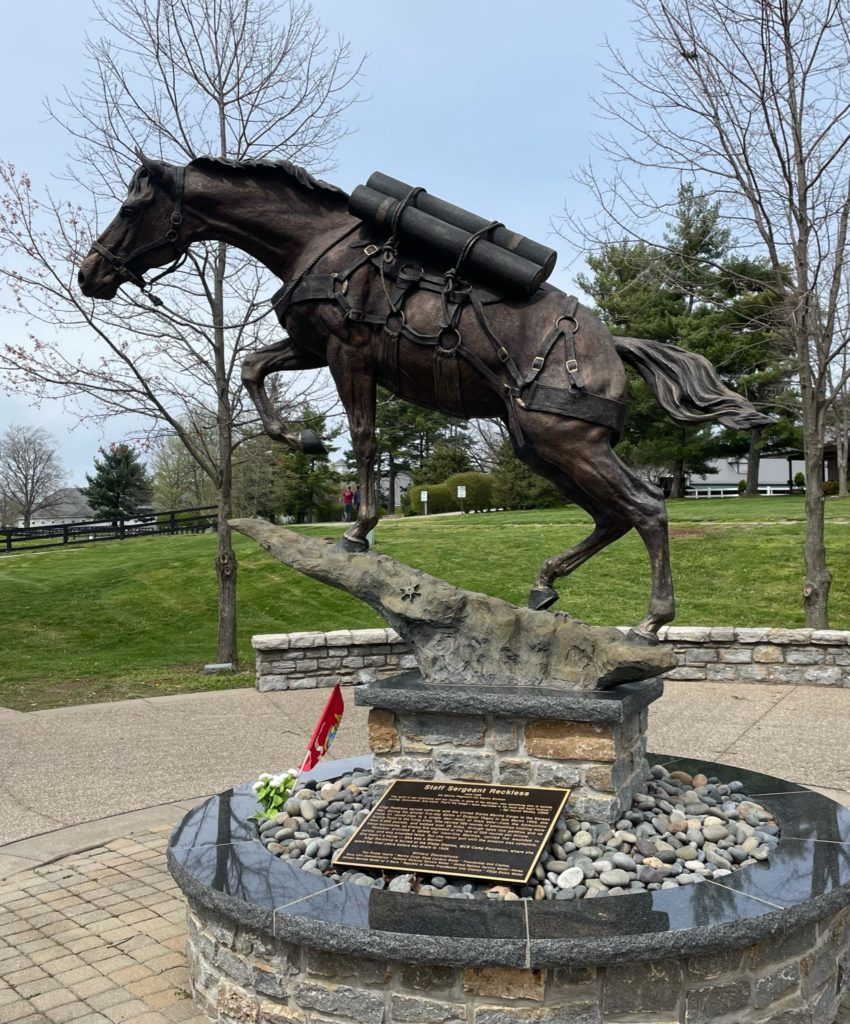
Staff Sergeant Reckless
BIKE TO LEXINGTON
There are bike trails from the RV park to the Kentucky Horse Park but also one that heads into Lexington’s historic district.
The ride is mostly flat, does cross some streets, but also passes through pristine pastures and horse farms including the historic Spindletop Mansion built in 1935 by the wife of a Texas oil tycoon. The mansion was later donated to the University of Kentucky and now serves as a faculty, staff and alumni clubhouse.
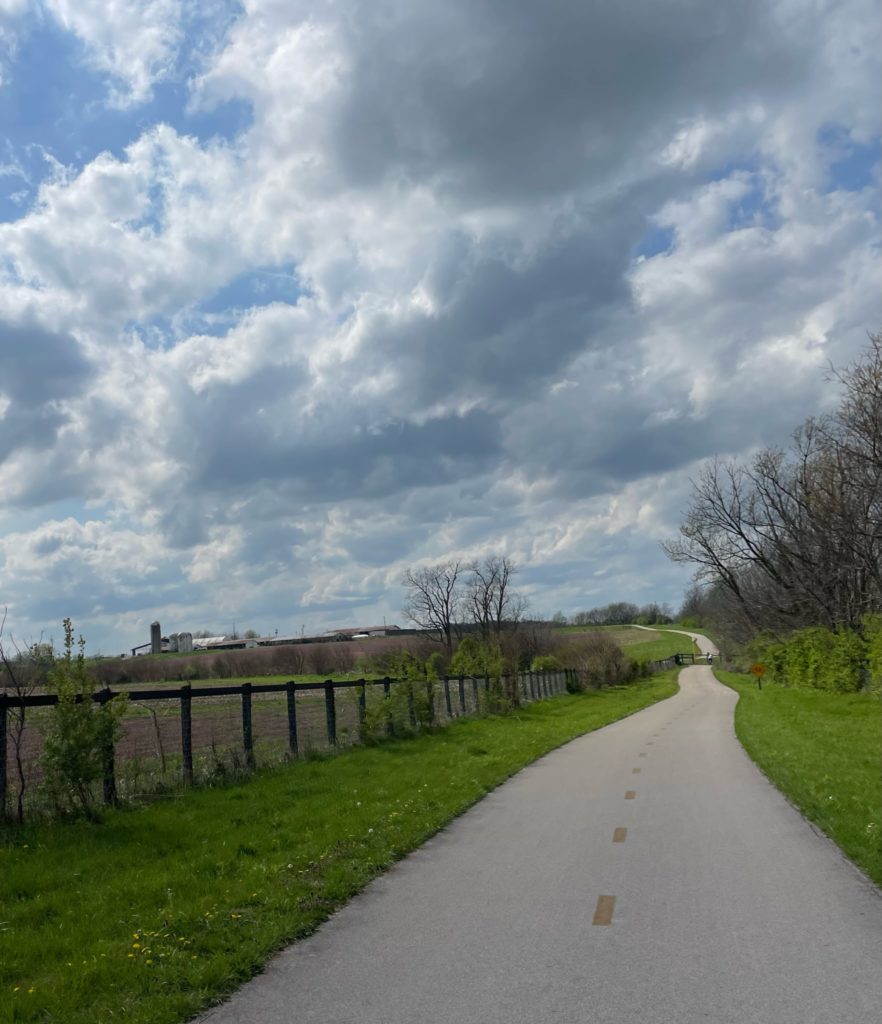
Trail to Lexington 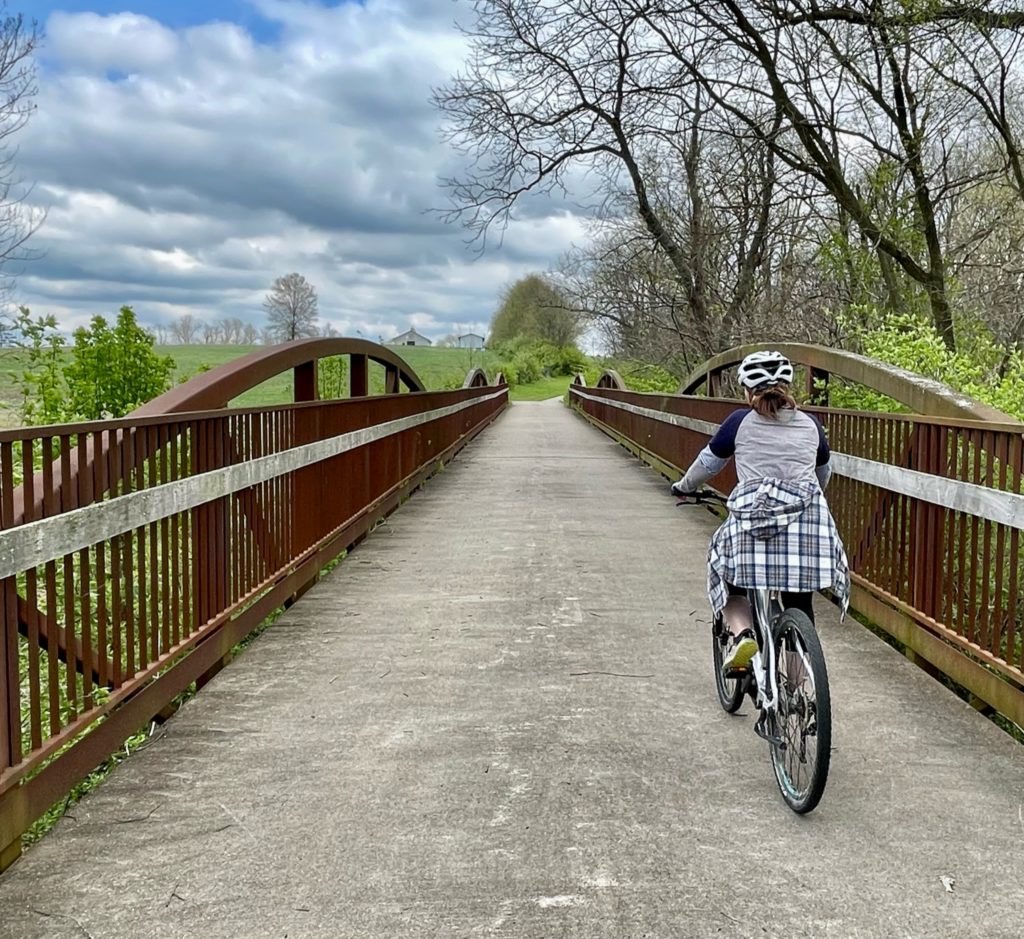
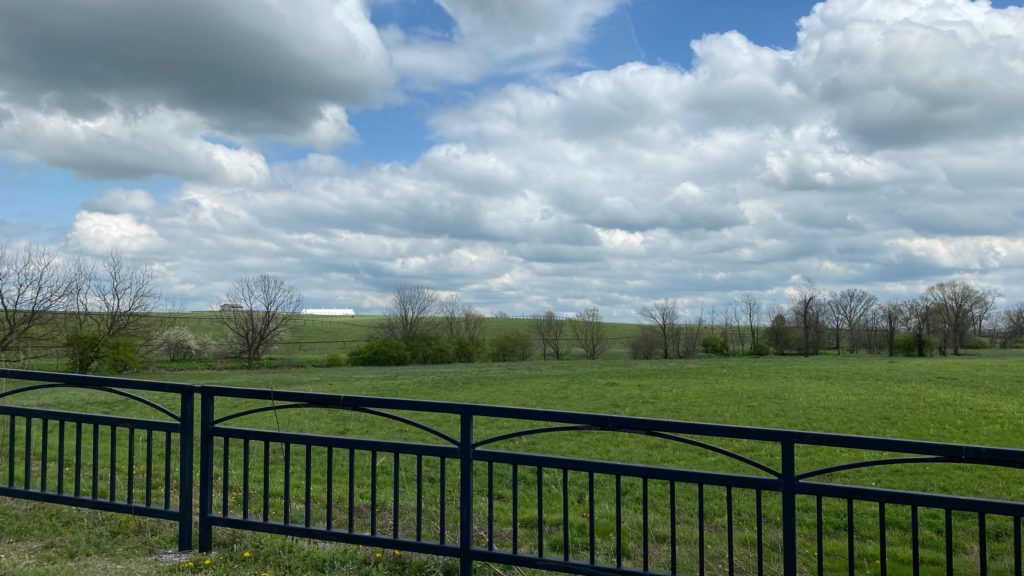
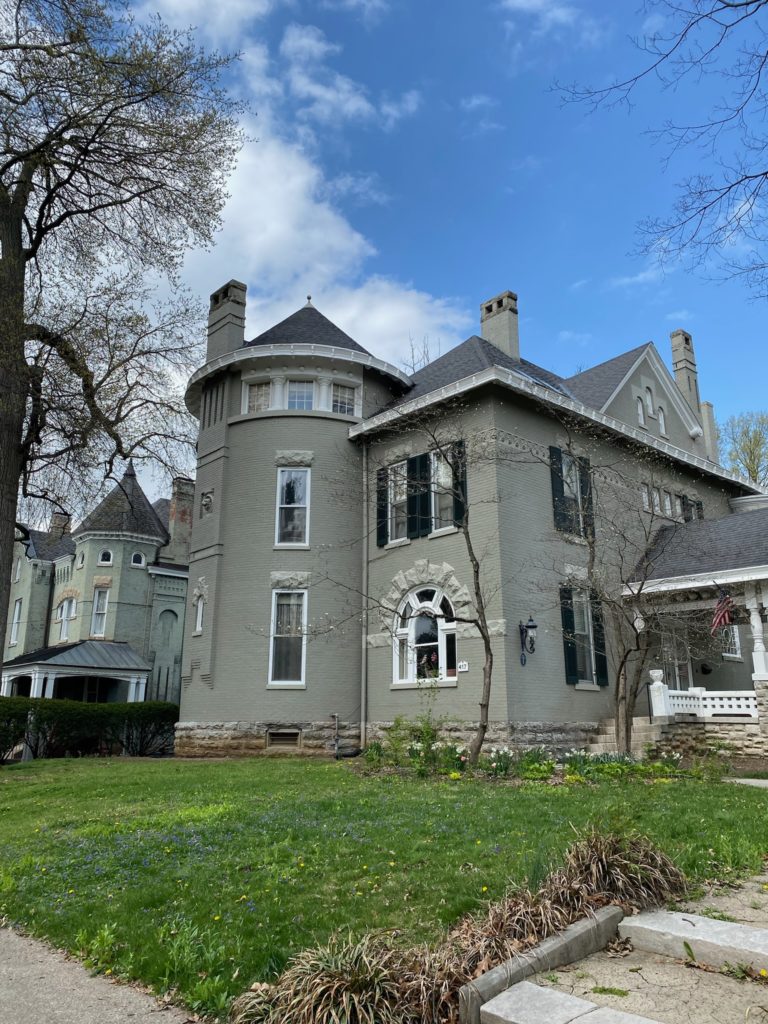
Historic Homes 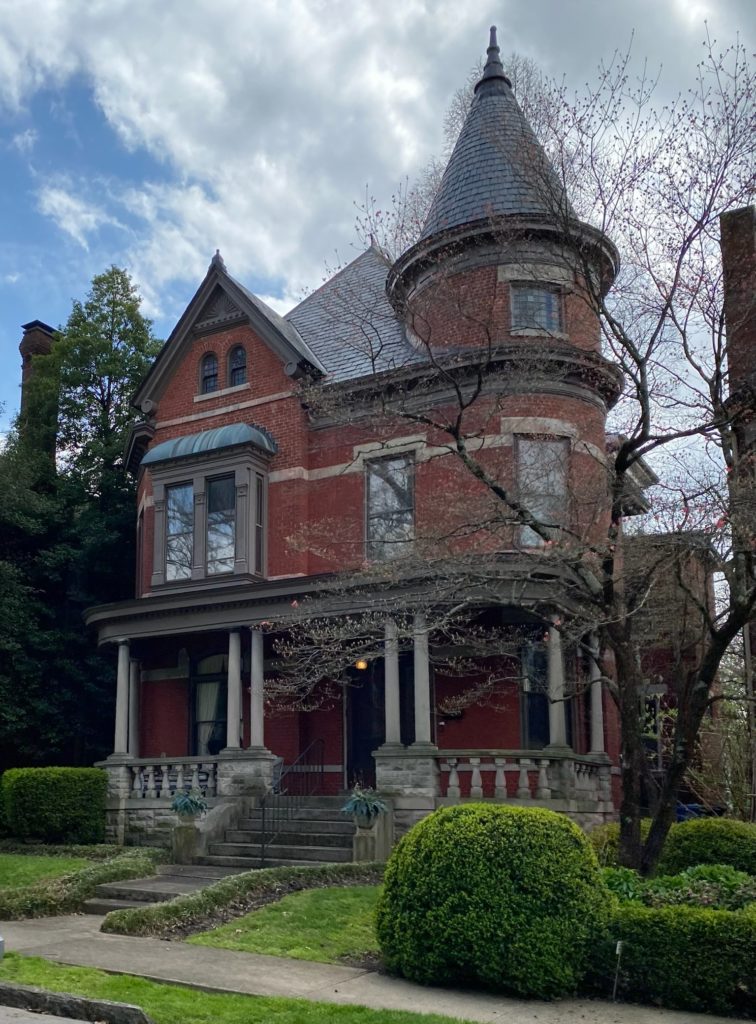
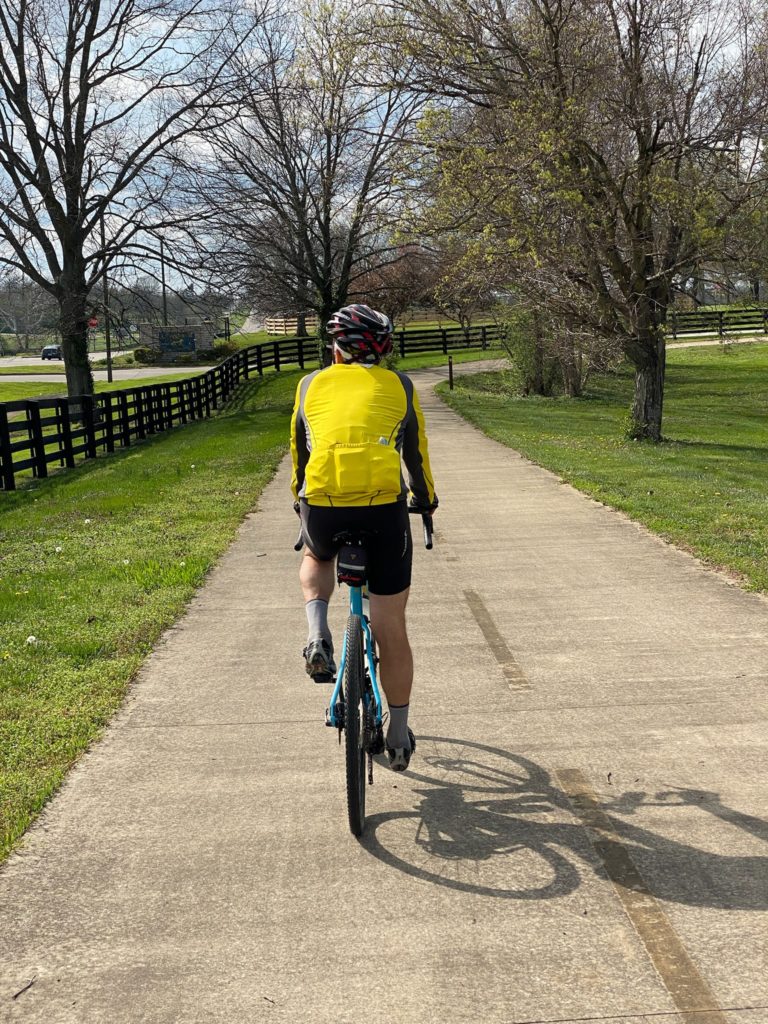
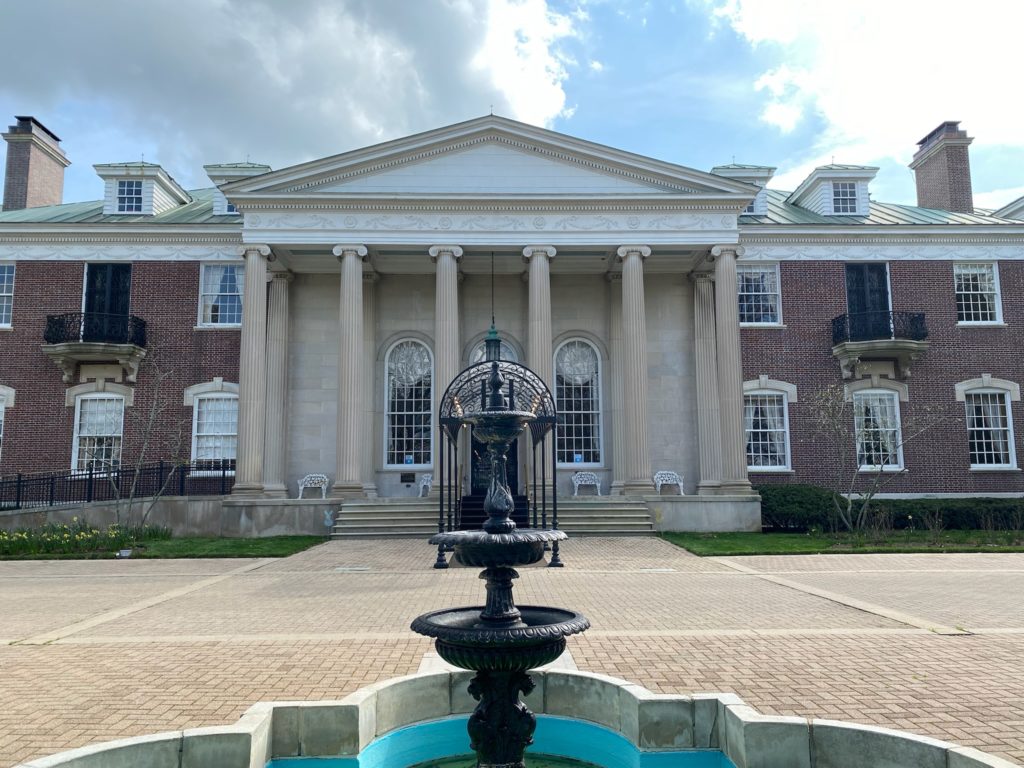
Spindletop Mansion
DRIVE FROM LEXINGTON
The Kentucky Horse Park is surrounded by stunning plots of land. Tree lined roads give way to Kermit-green rolling hills that are framed in by black fences and plenty of grazing horses. I started this post noting that I’d never been one of those girls enamored with the horse, but I must admit that on this drive out of town, I texted my family, throwing out the idea that maybe I’d just stop here and buy a horse farm. It was heavenly!
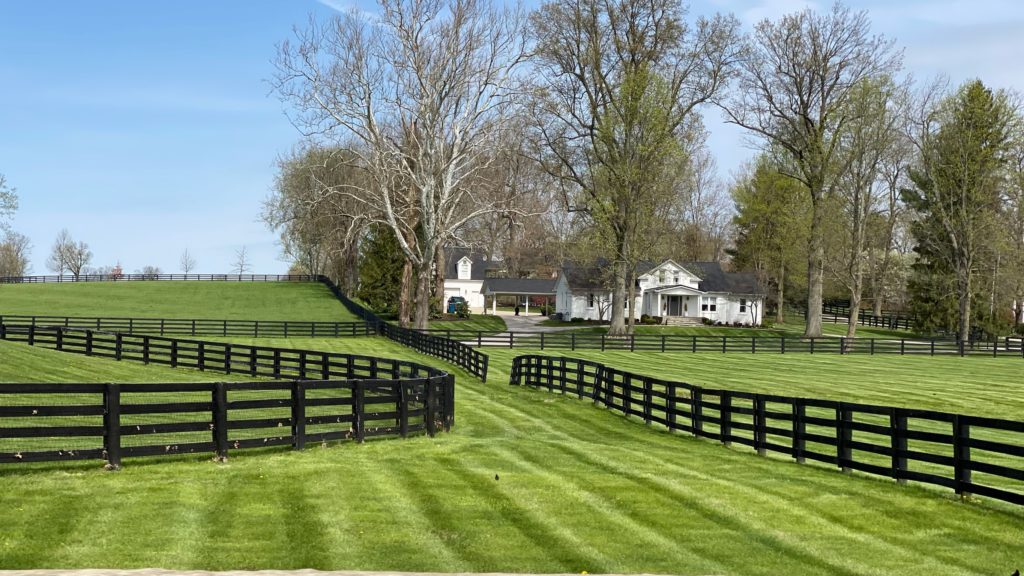
New home?
We skipped Churchill Downs in Louisville but got our fill of equine champions at the Kentucky Horse Park! We camped at a pretty spot, learned a lot about horses, saw thoroughbreds up close, and made another note that there are so many pretty places and different ways to live in the U.S.

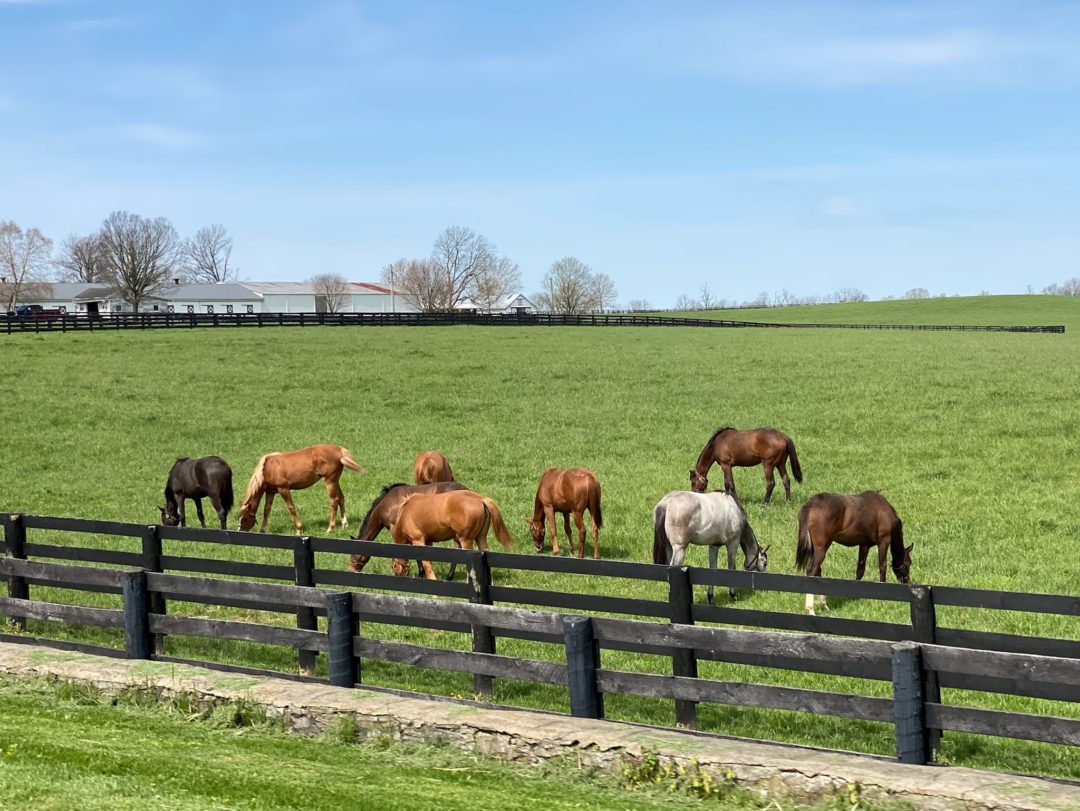
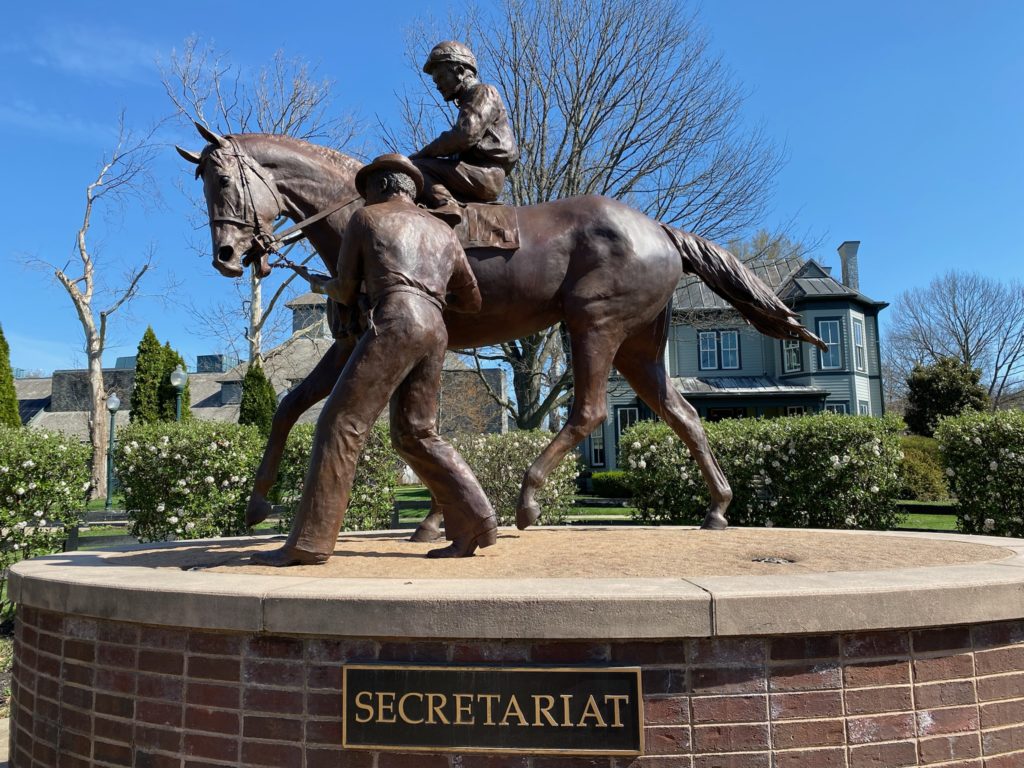
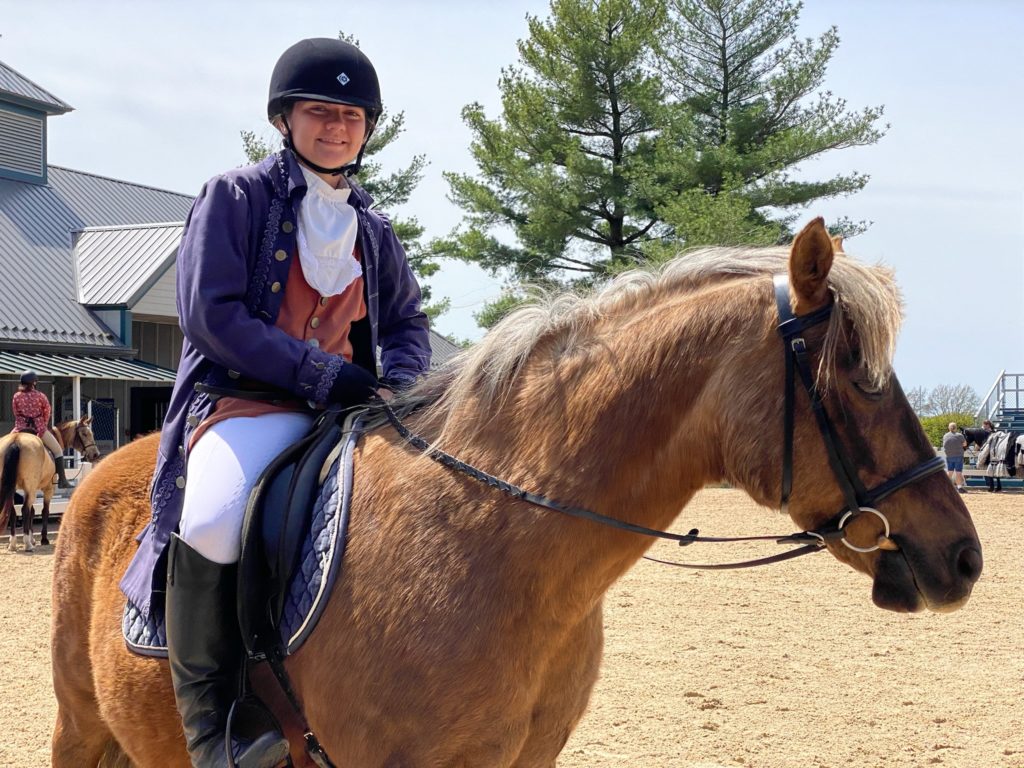
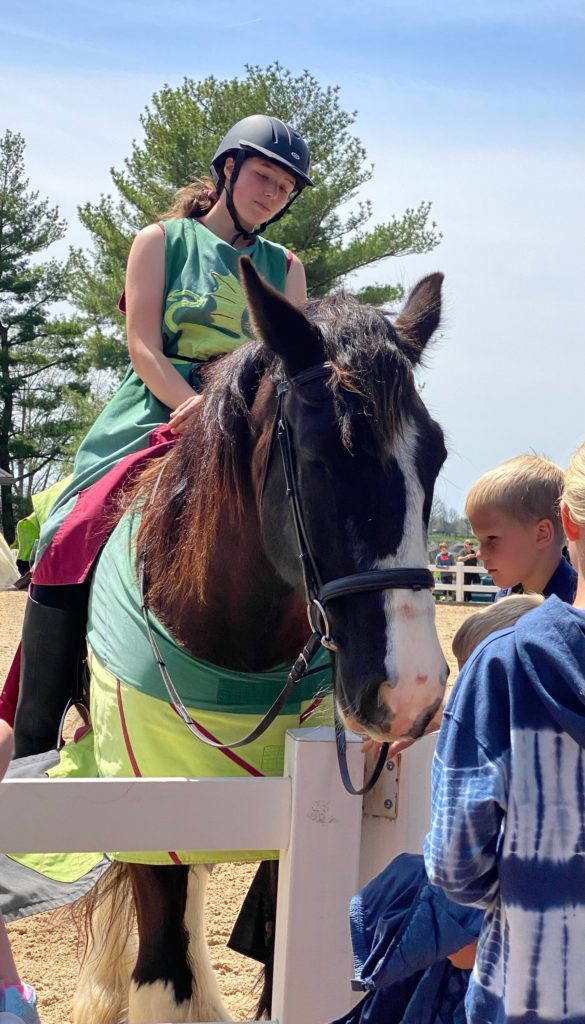
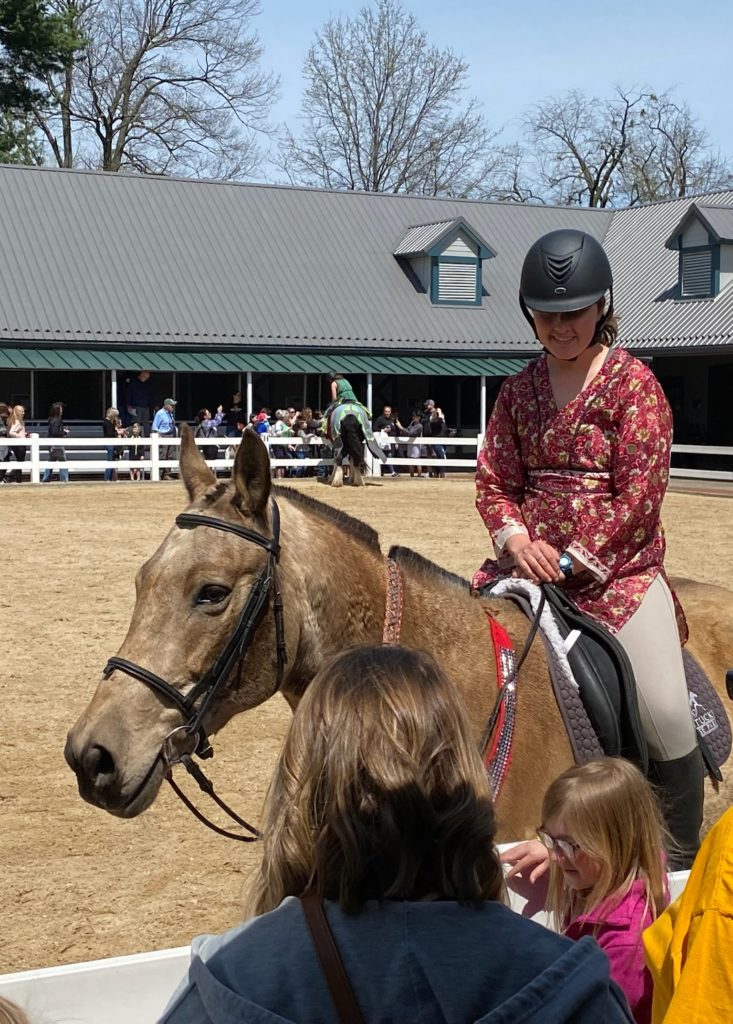
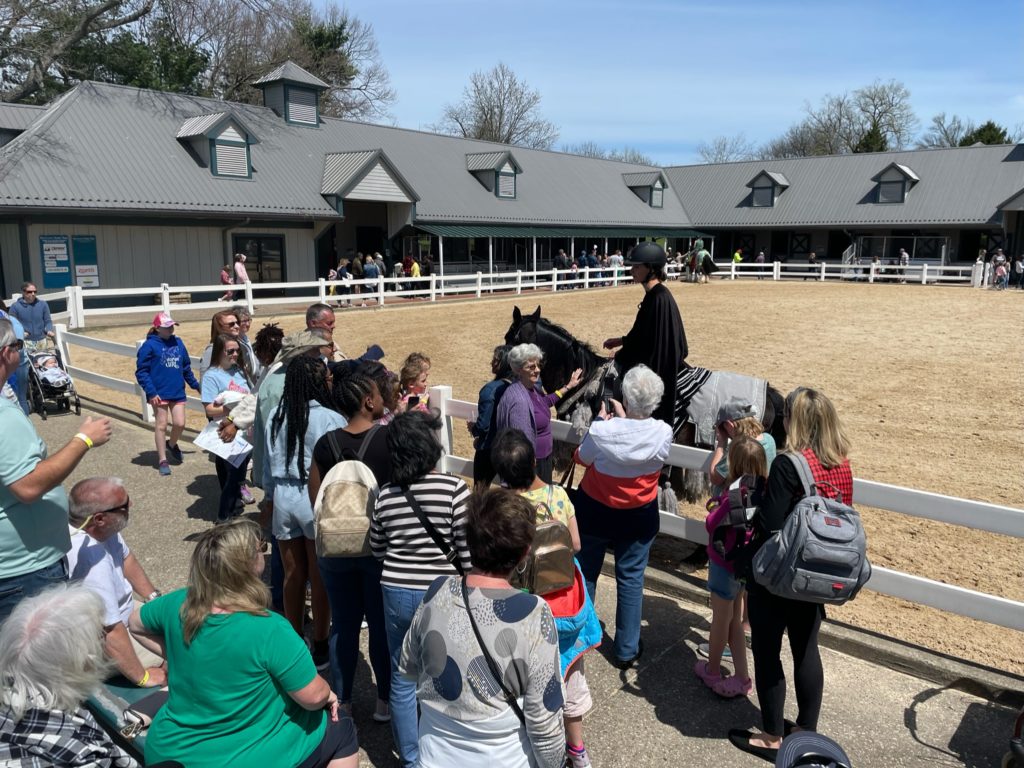
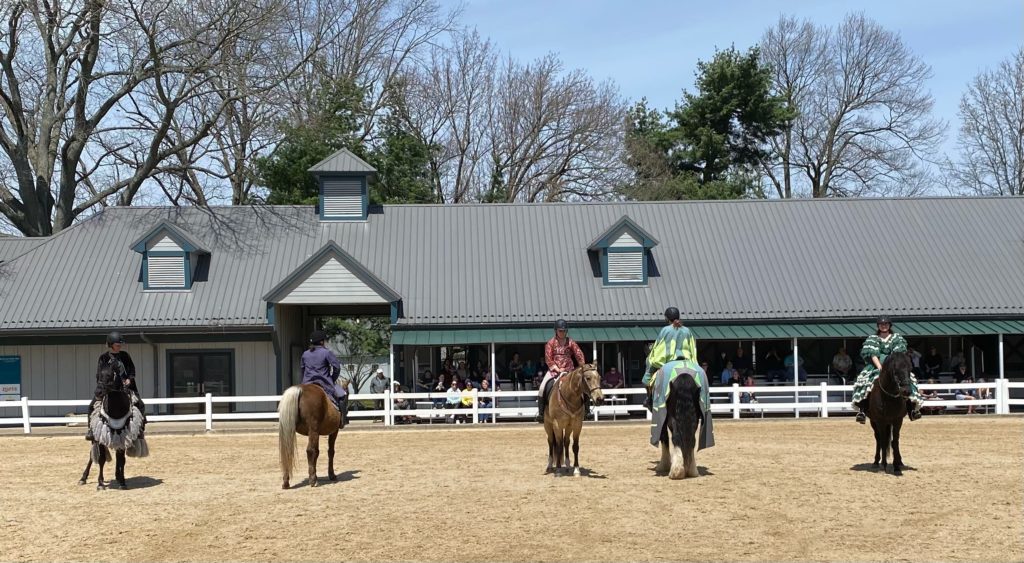
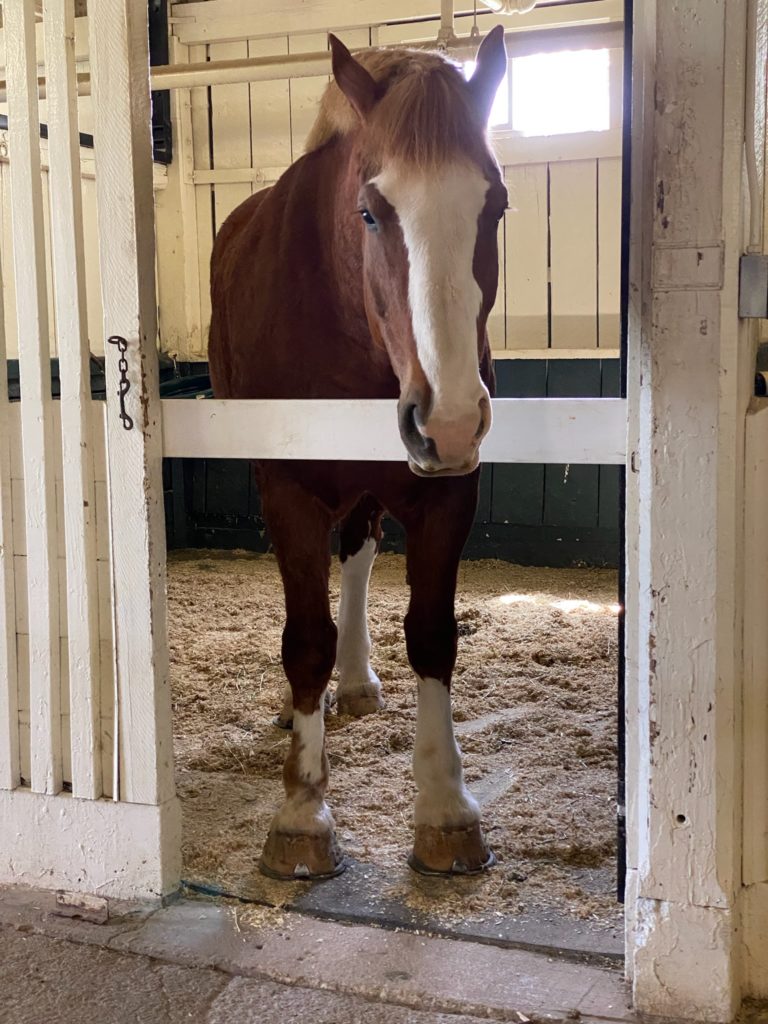
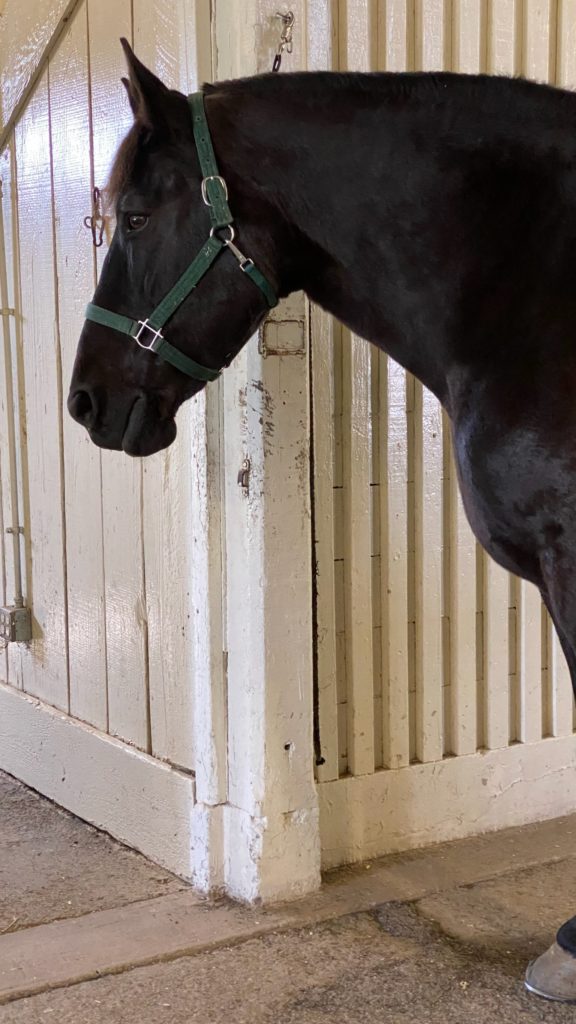
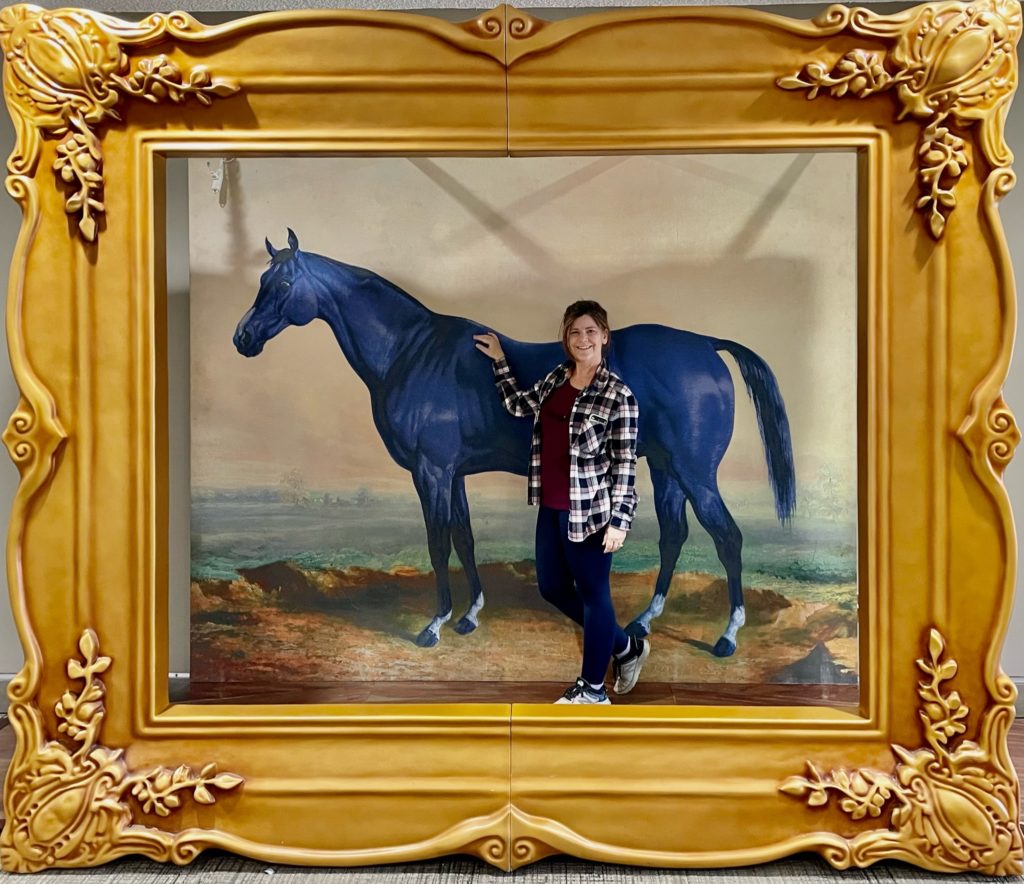
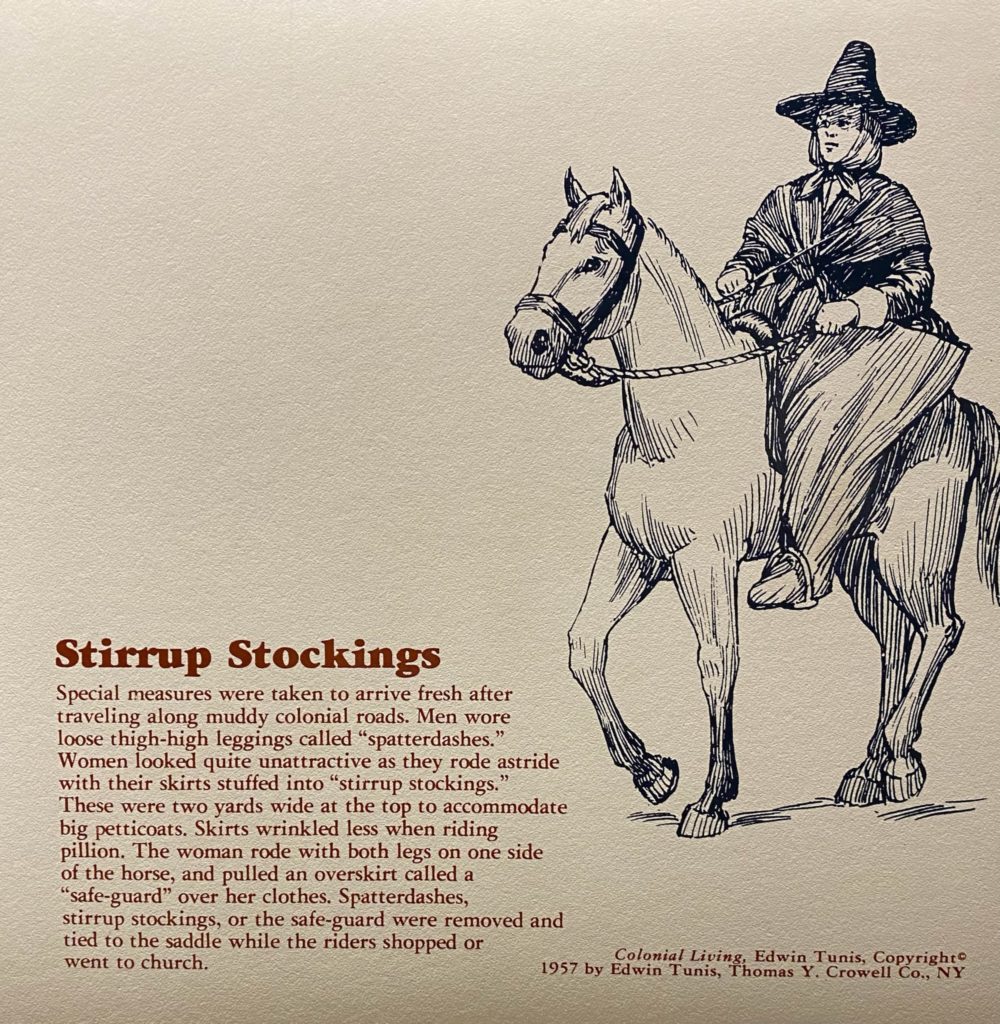
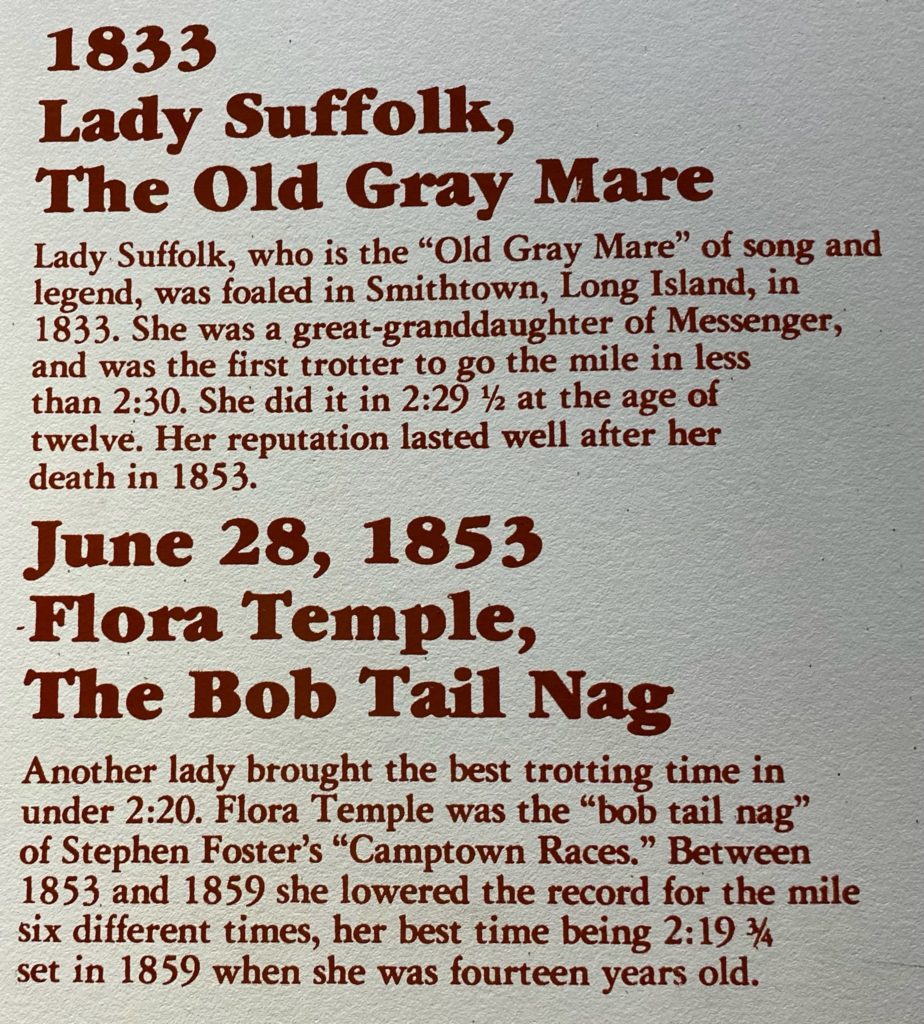
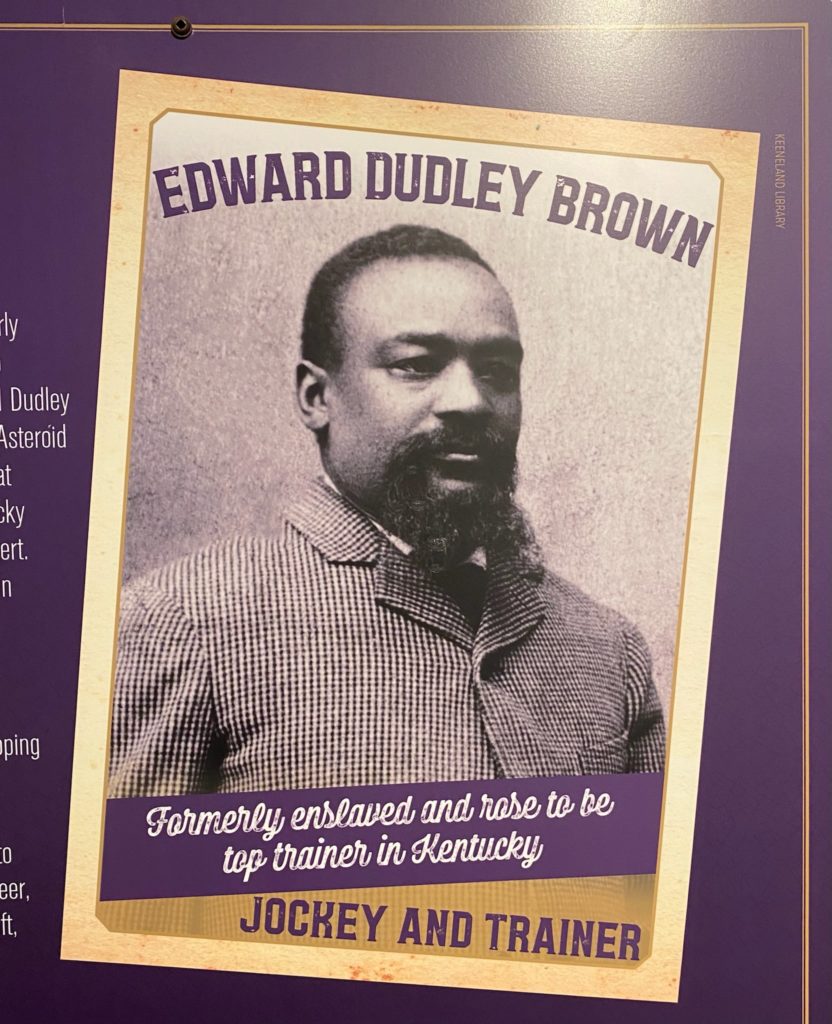
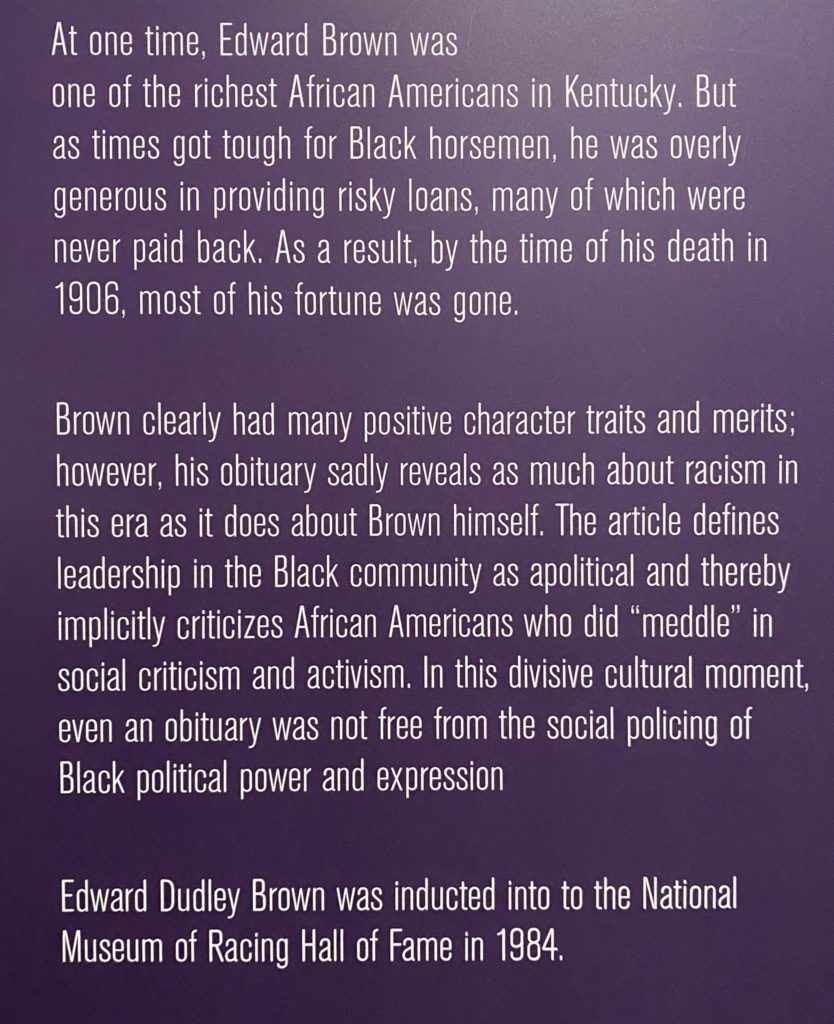
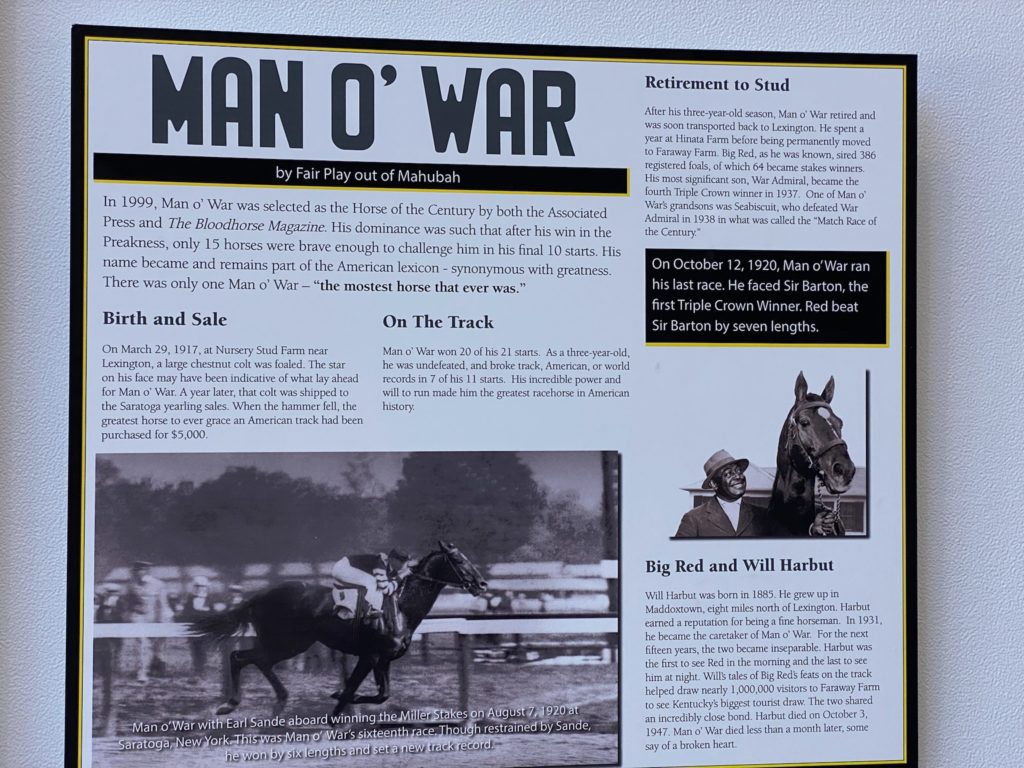
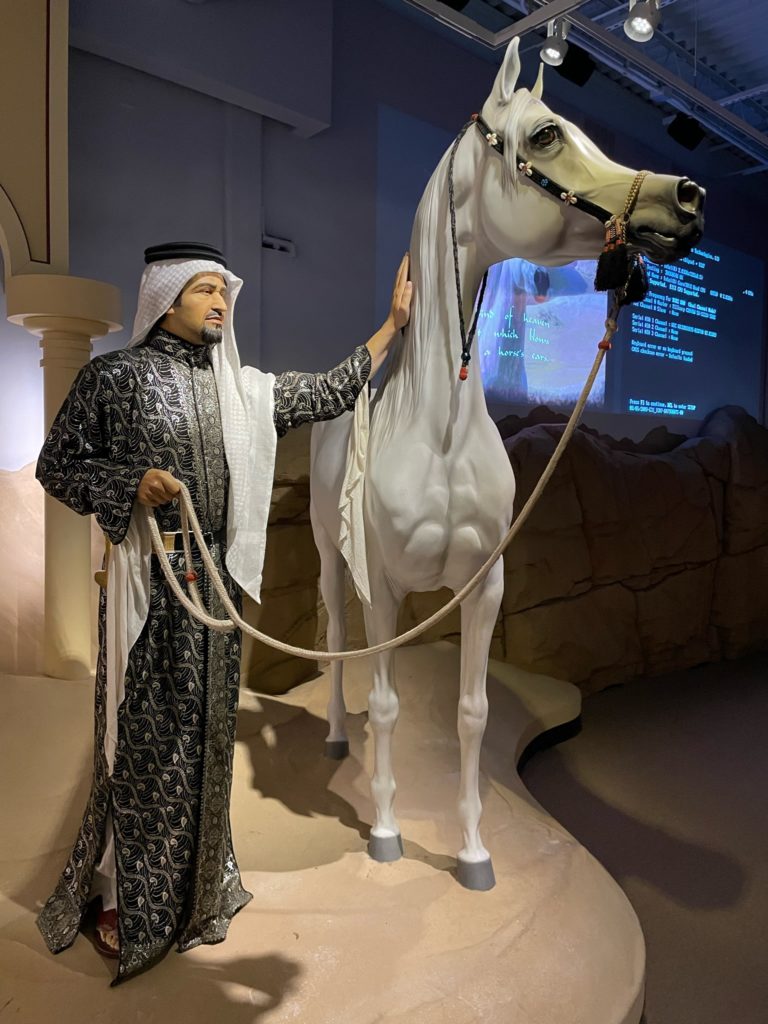
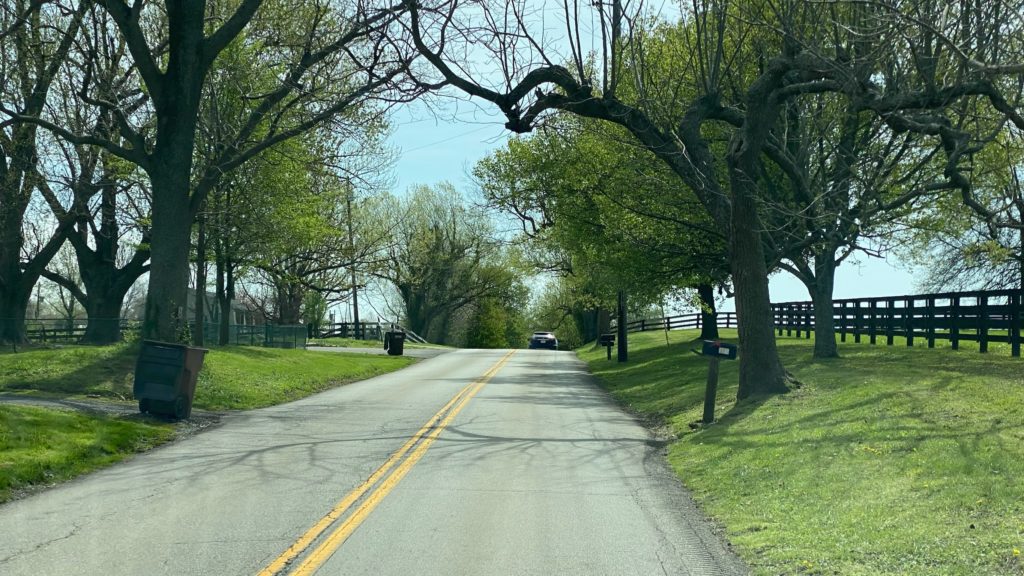
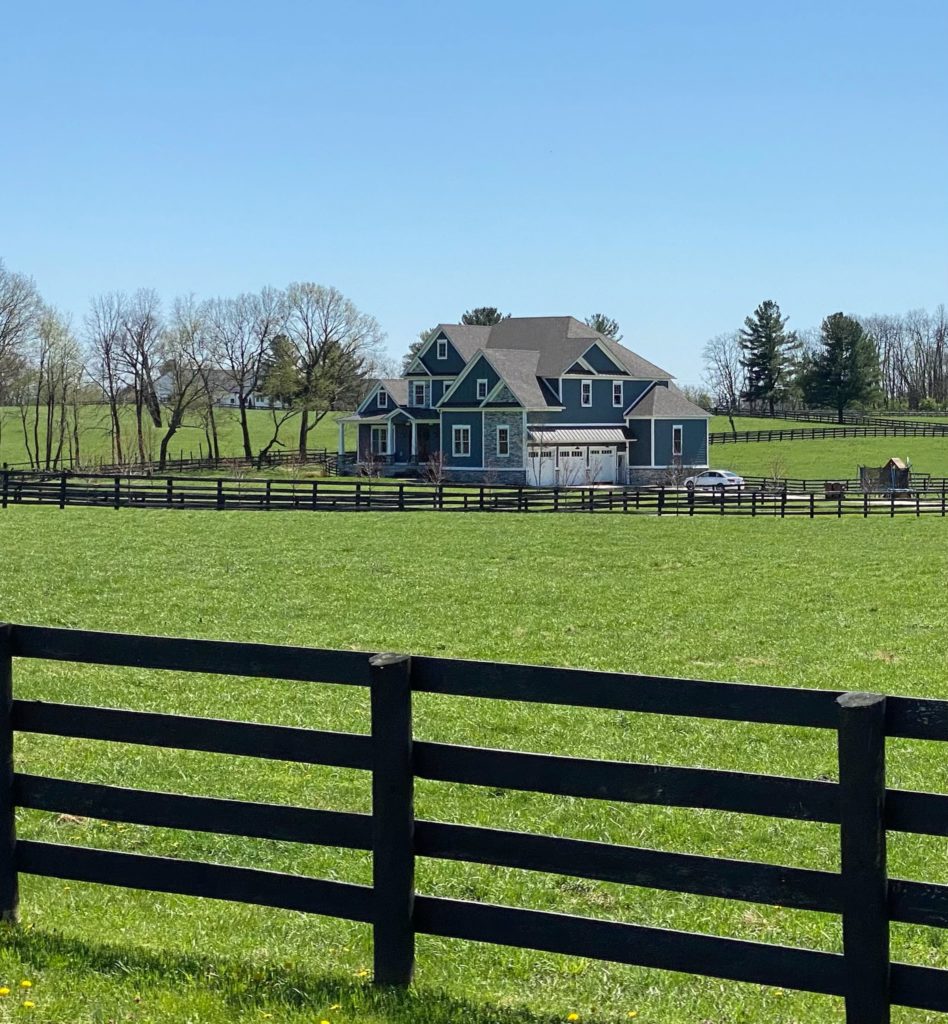
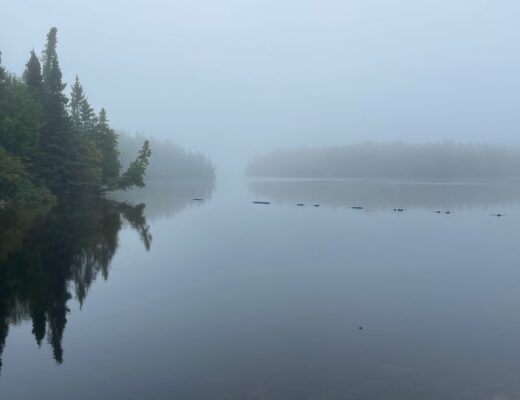


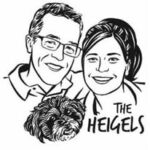









 Did you know that the oldest and largest aviati
Did you know that the oldest and largest aviati








 #camphairdontcar
#camphairdontcar
